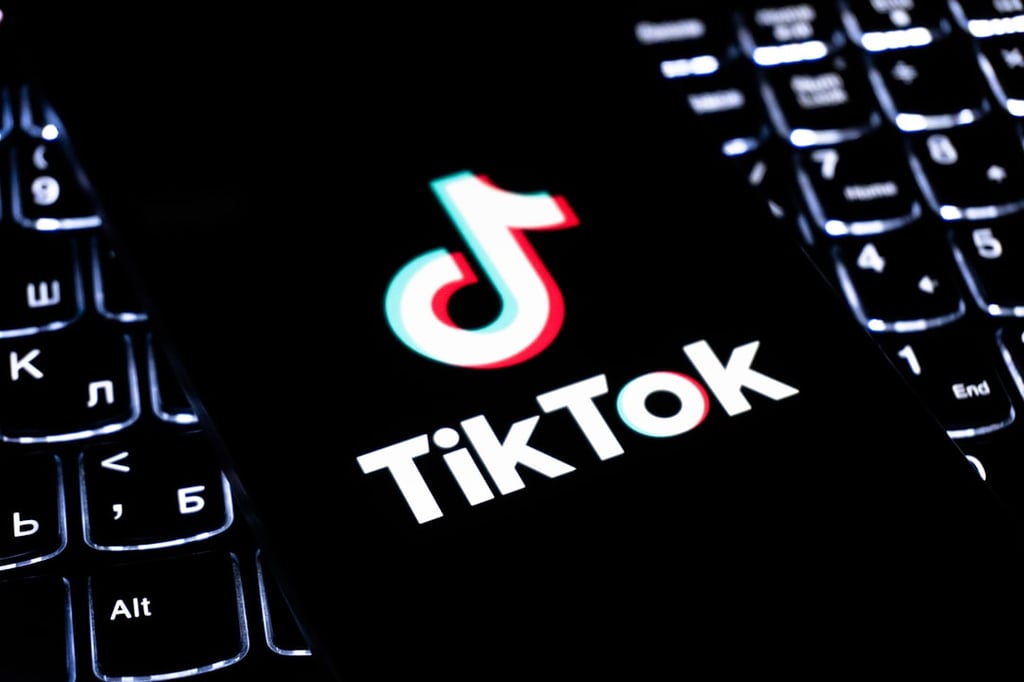Datamation content and product recommendations are
editorially independent. We may make money when you click on links
to our partners.
Learn More
Four years after Google first released its Android mobile operating system (OS), it has become the undisputed king of smartphone OSes, according to IDC.
The market research firm says that Android made up three quarters — a full 75 percent — of the smartphone market in the third quarter of 2012 (3Q12). According to IDC’s Worldwide Quarterly Mobile Phone Tracker, 136 million Android units were shipped during 3Q12. In total, 181.1 million smartphones were shipped during the same period.
And the rate of Android adoption is handily outpacing that of the smartphone market as a whole. “The 91.5 percent year-over-year growth was nearly double the overall market growth rate of 46.4 percent,” says IDC.
So far this year, Android smartphone shipments have reached 333.6 million units, a figure that already eclipses last year’s total of 243.4 million units.
The data follows another recent report from IDC that describes a smartphone market that’s on a lofty trajectory.
Last week, the group revealed that smartphone shipments rose 45.2 percent in 3Q12, year-over-year. Samsung, whose mobile device lineup leans heavily on the Android OS, made the biggest gains in this booming market. Samsung currently claims 31 percent market share (56.3 million units shipped). By comparison, Apple has 15 percent share of the smartphone market.
“Android has been one of the primary growth engines of the smartphone market since it was launched in 2008. In every year since then, Android has effectively outpaced the market and taken market share from the competition,” said Ramon Llamas, Mobile Phones research manager at IDC in a statement.
Signs also point to Android as a major driver of behind the consumerization of IT phenomenon, and by extension, the BYOD (bring your own device) trend that’s gripping the IT industry. “In addition, the combination of smartphone vendors, mobile operators, and end-users who have embraced Android has driven shipment volumes higher,” adds Llamas.
What about Android’s arch-rival, Apple’s iOS?
IDC says that while Apple is solidly (and distantly) in second place, the company has made moves to keep the iPhone momentum going. “The late quarter launch of the iPhone 5 and lower prices on older models prevented total shipment volumes from slipping to 3Q11 levels,” states IDC.
Moreover, Apple has managed to make gains without a standout signature feature in iOS 6. “But without a splashy new OS-driven feature like Siri in 2011 and FaceTime in 2010, the iPhone 5 relied on its larger, but not wider, screen and LTE connectivity to drive growth,” says the research group.
Pedro Hernandez is a contributing editor at InternetNews.com, the news service of the IT Business Edge Network, the network for technology professionals. Follow him on Twitter @ecoINSITE.
-
Ethics and Artificial Intelligence: Driving Greater Equality
FEATURE | By James Maguire,
December 16, 2020
-
AI vs. Machine Learning vs. Deep Learning
FEATURE | By Cynthia Harvey,
December 11, 2020
-
Huawei’s AI Update: Things Are Moving Faster Than We Think
FEATURE | By Rob Enderle,
December 04, 2020
-
Keeping Machine Learning Algorithms Honest in the ‘Ethics-First’ Era
ARTIFICIAL INTELLIGENCE | By Guest Author,
November 18, 2020
-
Key Trends in Chatbots and RPA
FEATURE | By Guest Author,
November 10, 2020
-
Top 10 AIOps Companies
FEATURE | By Samuel Greengard,
November 05, 2020
-
What is Text Analysis?
ARTIFICIAL INTELLIGENCE | By Guest Author,
November 02, 2020
-
How Intel’s Work With Autonomous Cars Could Redefine General Purpose AI
ARTIFICIAL INTELLIGENCE | By Rob Enderle,
October 29, 2020
-
Dell Technologies World: Weaving Together Human And Machine Interaction For AI And Robotics
ARTIFICIAL INTELLIGENCE | By Rob Enderle,
October 23, 2020
-
The Super Moderator, or How IBM Project Debater Could Save Social Media
FEATURE | By Rob Enderle,
October 16, 2020
-
Top 10 Chatbot Platforms
FEATURE | By Cynthia Harvey,
October 07, 2020
-
Finding a Career Path in AI
ARTIFICIAL INTELLIGENCE | By Guest Author,
October 05, 2020
-
CIOs Discuss the Promise of AI and Data Science
FEATURE | By Guest Author,
September 25, 2020
-
Microsoft Is Building An AI Product That Could Predict The Future
FEATURE | By Rob Enderle,
September 25, 2020
-
Top 10 Machine Learning Companies 2021
FEATURE | By Cynthia Harvey,
September 22, 2020
-
NVIDIA and ARM: Massively Changing The AI Landscape
ARTIFICIAL INTELLIGENCE | By Rob Enderle,
September 18, 2020
-
Continuous Intelligence: Expert Discussion [Video and Podcast]
ARTIFICIAL INTELLIGENCE | By James Maguire,
September 14, 2020
-
Artificial Intelligence: Governance and Ethics [Video]
ARTIFICIAL INTELLIGENCE | By James Maguire,
September 13, 2020
-
IBM Watson At The US Open: Showcasing The Power Of A Mature Enterprise-Class AI
FEATURE | By Rob Enderle,
September 11, 2020
-
Artificial Intelligence: Perception vs. Reality
FEATURE | By James Maguire,
September 09, 2020
SEE ALL
ARTICLES









